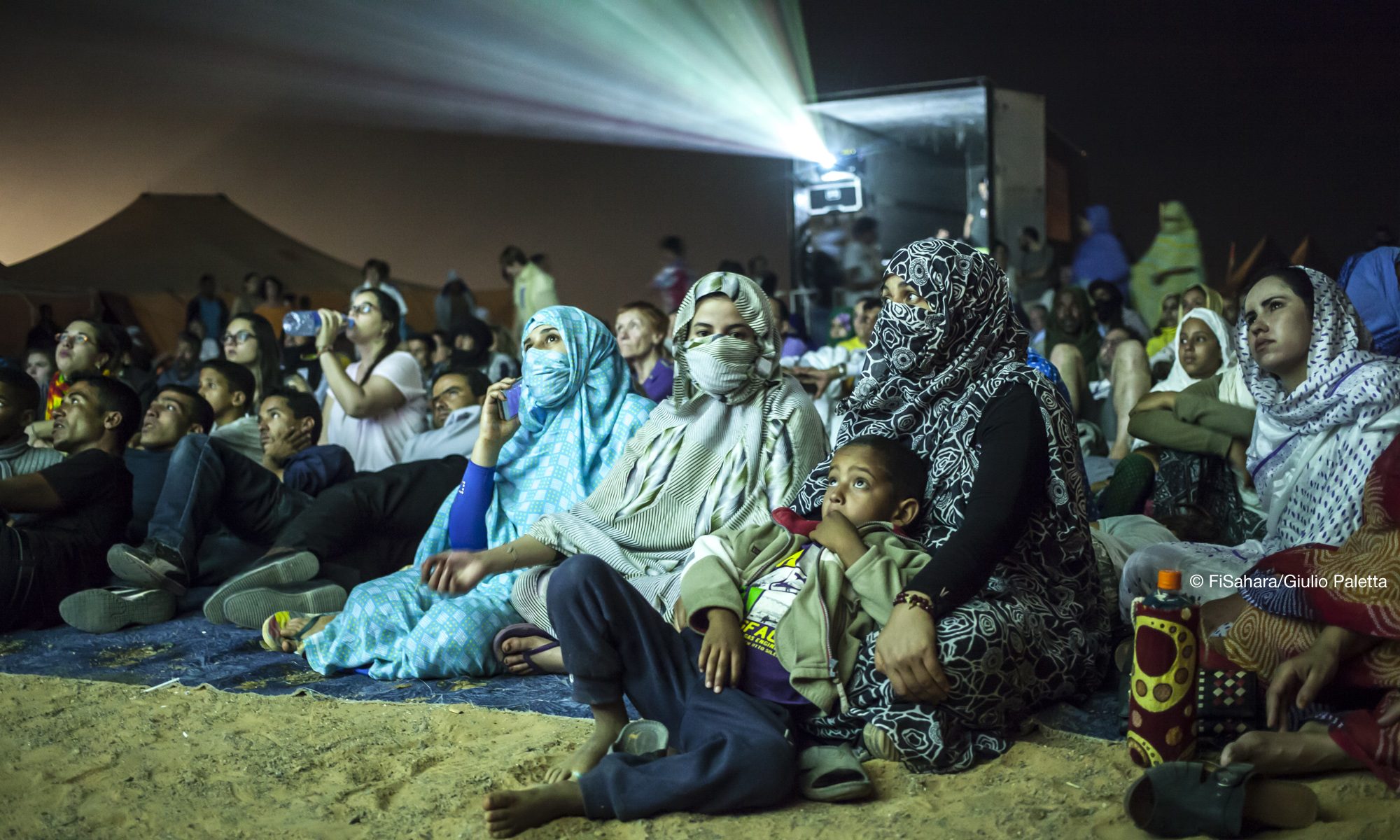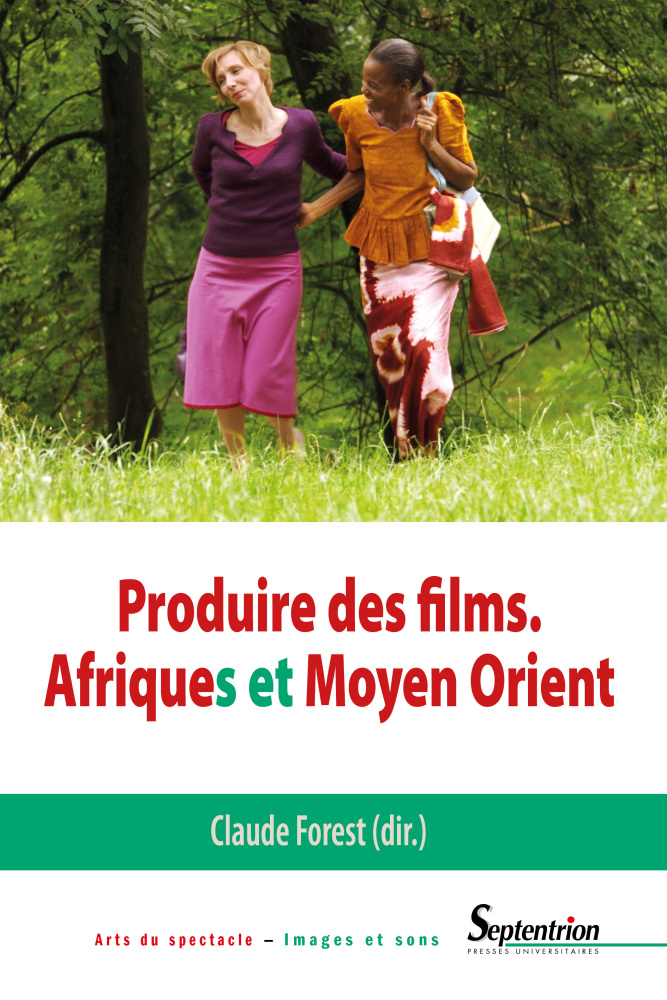Engaging with the theme of women and cinema in Africa and the Middle East (or anywhere for that matter) means raising highly charged issues that have been the object of both academic research and attention from the mass media. The most common initial response has been to examine gender stereotypes as they are reproduced or subverted in the narratives and images of films about the condition of women. Films on the emancipation of women, whether made by men or by women, usually exploit the tension between tradition and modernity, focussing on the disillusions associated with the conservatism of post-independence national cultures (Naaman 2000) as well as the ongoing domination of former colonial powers. These films have been directed by men as well as women and can be considered to constitute a category that is characteristic of national cinemas born out of newly independent postcolonial states. The list of films is long from La noire de… (1966, Ousmane Sembene), to La citadelle (Mohamed Chouikh, 1988), Les silences du palais (Moufida Tlatli, 1993), and Fatima, l’Algérienne de Dakar (Med Hondo, 2004) all the way up to the more recent La Belle et la meute by Kaouther Ben Hania (2017).
The second issue that comes up in relation to women and film concerns the lesser visibility of women filmmakers and their films, discriminatory access to the venues for the valorization and legitimation of films, in particular the most prestigious international film festivals, as well as women filmmakers’ concomitant lack of access to film funding. A striking example is the controversy over the absence of films by women filmmakers in the official selection at the Cannes film festival in 2012, while a similar absence in 2010 did not draw particular attention, and there was only one film in the competition in 2013, Un château en Italie (Valéria Bruni-Tedeschi, 2013) among the 22 films selected. African and Middle Eastern women filmmakers are largely absent from such venues even though certain films like L’Enfant endormi (Yasmine Kassari, 2004) have received a very large number of awards and Les silences du Palais (Moufida Tlatli, 1994) was awarded the Caméra d’or (best first film) at Cannes in 1994. Research projects on films by women filmmakers (Colin Dönmez 2004, Kummer 2004, Laviosa and Mulvey 2009, Gauch 2009, Martin 2011, White 2015), and ones about their directors (Gabous 1998, Hillauer 2006, Caillé 2010, Rollet 2012a, Tanriöver 2016, Ellerson 2017) as well as projects concerned with the circulation of films (Rollet 2012b, Caillé 2016) often set themselves the task of making such films and their directors more visible, or exploring the mechanism of their underrepresentation, or even constituting and promoting a film heritage for women filmmakers, while raising the question of the specificity of such a corpus. Within the scope of this research, we would like to take up where Abdelkrim Gabous left off in 1998 with Silence, elles tournent ! Les femmes et le cinéma en Tunisie, a volume dedicated to a survey of women filmmakers, their films, their conception of filmmaking which concluded with a section about women working in film.
One effect of the auteur approach to cinema has been the idealization of the role of the director conceived of as an artist/cineaste (Sellier 2005), and thus it has largely contributed to the erasure of a large range of activities performed by highly skilled workers relegated to the ranks of technical support staff. One of the ambitions of this project is to focus not just on women filmmakers but also on all the women who have worked in filmmaking but have been overlooked; cinematographers, sound engineers, film editors, continuity girls, etc. The goal of this call for articles is to foster research on the various activities carried out by women working in film, on their careers, on the conditions of their participation in film projects, the recruitment process or interactions between men and women during film shootings (Gaudy 2008), etc.
The innovative character of this project lies in its bringing a gender perspective to bear on the operation of the film sectors in their industrial/professional, creative and cultural dimensions via a comparison between different countries. The project is aimed at encouraging the collection of data on women in film sectors, the different posts they may have held as well as the impact of their presence on the production, circulation and valorization of films. The aim is to develop the production of knowledge on women’s access to activities related to filmmaking.
This call for articles within the framework of the activities of the HESCALE network is aimed at constituting a community of researchers interested in opening new lines of research around the presence, the position and the visibility of women in the film sectors in Africa and the Middle East.
Within this context, we would like to highlight various directions for research that are not exclusive:
- This call is a means to foster the production of data on films by women, on women filmmakers, film producers, sound engineers, cinematographers, artistic directors, gaffers, set designers, etc. While film editors have often been women, the shift from analogical to digital media may well have reversed this trend. What is the position of women in the trades associated with filmmaking as well as film distribution and exhibition?
- What about film actresses? What background and training do they have and what range of activities do they develop in order to maintain a viable position in the industry?
- This call also invites questions about film training and the ways in which it may have contributed to the presence of a larger number of women within film production, or to the feminisation of some posts. Along this line of questioning, we welcome surveys about the gap between training and career tracks for men and women, the gap between training and the subsequent capacity to make a name for oneself or simply to remain afloat in the film industry.
- We encourage contributions that highlight the gendered operation of the film sectors, be it in film production, shootings, etc.
- What about the agency of women in film sectors? The ways in which they have been able to leave a mark or transform the conception of film be it artistic or industrial. What contribution have women made to specific film industries?
- Have there been measures implemented in order to make the film sector a more inclusive workplace, to ease the access of women to different posts, etc.? What was the initial intention behind the measures? What has been the outcome of such measures?
- What about the visibility of women in the film industry, be they cinematographers, sound engineers, costume designers or continuity girls and what about the circulation of the films they have worked on? Have these films been valorized and had an audience? When? Where? And what has been the impact of such recognition on the presence of women in the film sectors?
As mentioned above, we are seeking analyses derived from fieldwork, and we would like to provide feedback at different stages of the process in order to develop a dialogue between the different contributions. A 500-word abstract is due on 7 February 2019 (plus a short bibliography with 5 to 10 items and a 5-line biography). Notification to the authors on 17 March. Contributors will then be asked to submit a 8-10-page first draft on 22 June 2019, with the objective of discussing focus, method and having different analyses exchange with each other. The final draft (between 4500 and 8000 words) is expected for 15 September 2019. We plan to publish the completed collected volume early in 2020. The preparation of the publication will be accompanied by an international conference. This will be a chance to engage transversal reflections and exchanges. The contributors to the volume will be particularly present at this conference.
Submission of abstracts in English or in French: 7 February 2019
(500 words + short bibliography + 5-line biography)
Notification of authors: 20 March 2019
First draft: 22 June 2019
Final draft: 15 September 2019
Conference promoting the publication: 1er semester of 2020
This project is supported by the Centre de recherches sur les Médiations (Université de Lorraine – EA 3476), par le Laboratoire Culture et Communication (Université d’Avignon). We are currently applying for other sources of funding.
Send your abstracts to hescale.femmes-filières@gmail.com This volume is directed by Patricia Caillé (Université de Strasbourg, CREM EA 3476) patricia.caille@unistra.fr et Raluca Calin (Université d’Avignon) calin.raluca@gmail.com. Don’t hesitate to get in touch with us in case you need additional information!
Scientific Committee : Sara Blecher (Sisters Working in Film and Television, South Africa), Patricia Caillé (Université de Strasbourg, CREM EA 3476), Raluca Calun (Université d’Avignon), Beti Ellerson (African Women in Cinema), Claude Forest (Université de Strasbourg, IRCAV), Monia Lachheb (Institut de recherches pour le Maghreb contemporain, Tunis), Florence Martin (Goucher College, Baltimore), Patrick Ndiltah (Université de N’Djamena, Tchad), Francine Raveney (European Network for Women in the Film Industry), Brigitte Rollet (Université Versailles Saint-Quentin), Amal Ramsis (Cairo International Women’s Film Festival), Alessia Sonaglioni (EWA, European Network for Women in the Film Industry) (sous réserve), Hülya Ugur Tanriöver (Giresun University, Turkey), Sylvie Thiéblemont (Université de Lorraine, CREM EA 3476).


